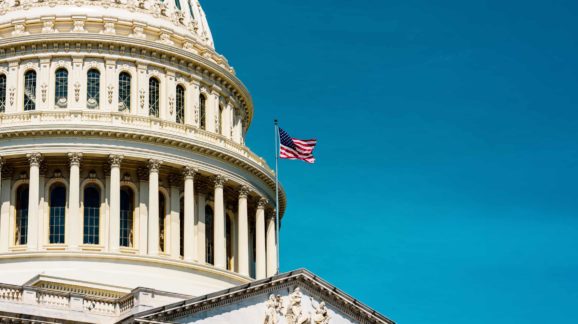A Preemptive Attack on the Supreme Court
Undermining the legitimacy of our democratic institutions has become a bipartisan game.
America’s progressives have spent most of the past year wailing about people who undermine faith in democratic institutions. “Misinformation” that casts doubt on the election of President Biden, they tell us, must be combated at every level — by “calling it out” where possible and censoring it where necessary.
Unfortunately for their case, these same people call into question the legitimacy of virtually every election they lose: George W. Bush “stole” the 2000 election; the Koch brothers’ wicked weaponization of Citizens United gave us the Tea Party wave of 2010; and of course the 2016 election was handed to Donald Trump by Vladimir Putin. And all the while, they have pushed relentlessly to loosen voter-integrity laws, as if making election procedures a partisan issue can’t reasonably lead anyone to question election results.
Simply put, throwing a temper tantrum every time you lose an election has become a bipartisan habit, one that Democrats are at least as prone to as Republicans. Witness the preemptive strikes on the legitimacy of today’s Supreme Court.
The progressive narrative here is based on an essential piece of misinformation, albeit one whose falsity is lost on most proponents, including more than a few law professors. That is the contention that Republicans in the Senate illegitimately blocked Barack Obama’s nominee to fill a vacant seat during the 2016 election but then turned around and confirmed Donald Trump’s nominee four years later. Thus, through what Harry Reid used to call an “untoward maneuver” on Mitch McConnell’s part, the Republicans erected an illegitimate supermajority of conservative justices.
Lawrence Douglas, who holds the James Grosfeld chair in Law, Jurisprudence, and Social Thought at Amherst College, recently argued in The Guardian that, to protect the Supreme Court’s legitimacy, one of the conservative justices should summarily step down so the Democrats can fill the seat. Douglas asserts:
And just as we might hope that a person who, through no fault of their own, has come into possession of a good not rightfully theirs, would return that object, Coney Barrett and Gorsuch could do the right thing for the nation by agreeing that one of them should step down.
Douglas argues that one of the two justices’ seats is “not rightfully theirs” because, “if presidents do not get to replace justices in an election year, then Coney Barrett’s confirmation is illegitimate; if presidents do, then Gorsuch’s is illegitimate. You can’t have it both ways.”
In fact, both confirmations complied with constitutional requirements.
The Constitution provides that Supreme Court seats are to be filled by the president, with the advice and consent of the Senate. This assignment of roles can get confusing, but it’s not rocket science. Critics have argued that Obama’s nomination of Merrick Garland was the same as Trump’s nomination of Amy Coney Barrett: Both occurred in an election year, and Mitch McConnell should have brought both of them up for a vote.
But the two situations were not analogous, for in both situations the Republicans controlled the Senate, and in Obama’s case, that required negotiating with the opposition party, not exactly his forte. In reality, Obama could easily have filled Antonin Scalia’s seat: All he had to do was nominate someone conservative enough that Republicans would be happy to confirm the nominee. But, with the 2016 election looming, Obama naturally saw a chance to flip the seat long held by Scalia and establish a solid progressive majority on the Court. He decided to nominate a solid progressive who was mainstream enough that Republicans might be pressured into confirming him; and if they didn’t, he was betting that Democrats would win both White House and Senate and would soon be able to fill the seat with anyone they liked.
Read the full article at National Review.
